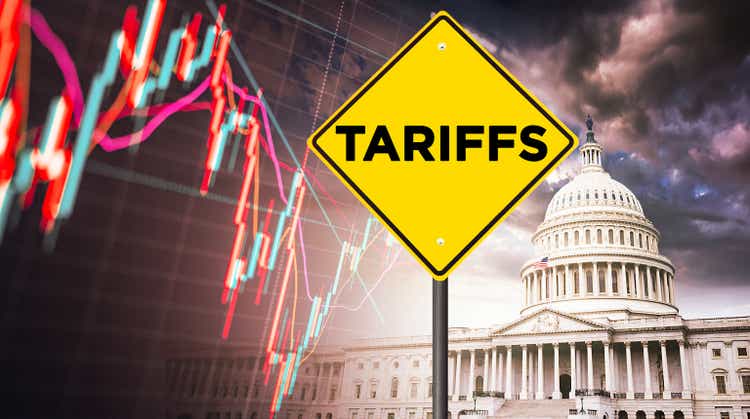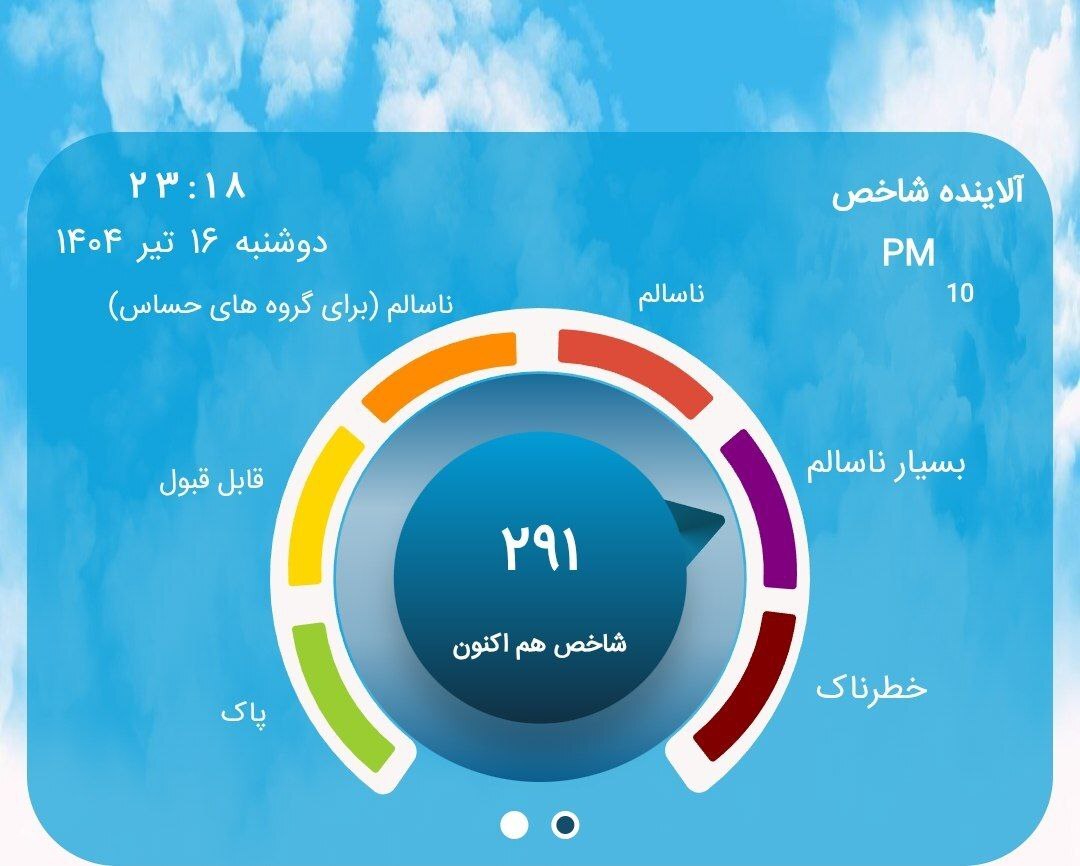The U.S. now accounts for about 40% of the world’s millionaires, despite representing only 4% of the global population. Just how fast the world’s largest and richest economy generates wealth was captured, along with several other takeaways, by the 2025 edition of the UBS Global Wealth Report. The report aims to provide “a clear and detailed picture of wealth generation and distribution in over 50 key markets across the globe,” with some deep dives into particular topics for key markets. UBS said its global sample comprised nearly 60 million USD millionaires worldwide, owning approximately $226.47 trillion worth of combined assets.
UBS found that, after a dip in 2022, global wealth rebounded strongly in 2023 and accelerated further in 2024. Total global personal wealth rose by 4.6% in USD terms in 2024, up from 4.2% the previous year. This growth was not uniform, however, as regional disparities persisted.
One key finding is that more than 680,000 new USD millionaires were added globally in 2024 alone, a 1.2% increase. The fastest rate of wealth growth occurred in Türkiye and the United Arab Emirates, with increases of 8.4% and 5.8%, respectively, but the big fish in the pond is the United States, which has the largest number of USD millionaires by far — more than Western Europe and Greater China combined. In fact, on average, the U.S. created over 1,000 new millionaires per day in 2024, adding 379,000 new millionaires over the course of the year, for a total of almost 24 million. Other notable increases came in mainland China, which saw an increase of 141,000 millionaires in 2024, an average of more than 380 per day, and India added 39,000 new millionaires, about 107 per day.
Where is wealth growing fastest?
- Eastern Europe achieved the highest regional growth in total personal wealth in 2024, at over 12%.
- North America closely followed, with nearly 12% growth, largely due to the U.S.
- Greater China and Southeast Asia experienced moderate growth, while Western Europe, Oceania, and Latin America saw slight declines in wealth relative to 2023.

The global millionaire population
- Distribution: North America is home to 43.2% of the world’s millionaires, followed by Western Europe (26.2%), Greater China (12.9%), and Southeast Asia (9.3%).
- Density: Switzerland and Luxembourg have the highest per capita density of millionaires, with more than one in seven adults qualifying as a USD millionaire. (Luxembourg has the highest median wealth per adult.)

American and Chinese dominance
A key takeaway from the report is the dominance of the United States and mainland China, which together account for more than half of the world’s personal wealth. The U.S. alone holds almost 35% of this, making it the single largest repository of private assets globally. (It also leads in total wealth and in the number of high-net-worth individuals.)
Mainland China, boasting a vast population and continuing economic growth, commands nearly 20% of global personal wealth. The country is home to over 6.3 million millionaires, a figure that has grown steadily over the past decade. Combined, these two countries control approximately 54% of the world’s personal wealth, leaving the remaining 54 markets in the UBS sample to share the other 46%.

Lagging regions
While North America and Greater China surge ahead, other regions lag behind:
- Western Europe: Despite its historical wealth, Western Europe now accounts for just over a quarter of the world’s millionaires and a shrinking share of global wealth.
- Emerging Markets: The share of global wealth held by emerging markets has plateaued at around 30%, with little movement expected in the coming years.
- Latin America, Oceania, and Africa: These regions collectively hold a minor share of global wealth, reflecting both demographic and economic challenges.
Looking forward
UBS projects that the number of millionaires will continue to rise, with an additional 5.34 million people expected to join the ranks of the world’s millionaires by 2029—an increase of almost 9% over 2024. The bank projects that Latin America and Oceania are set to play supporting roles, Europe and Southeast Asia are forecast to see solid, if somewhat slower, growth, and North America and Greater China are expected to remain the main engines of global wealth growth.
UBS did not respond to a request for comment.
For this story, Fortune used generative AI to help with an initial draft. An editor verified the accuracy of the information before publishing.
This story was originally featured on Fortune.com

 3 hours ago
1
3 hours ago
1






















 English (US) ·
English (US) ·